
|
|
|
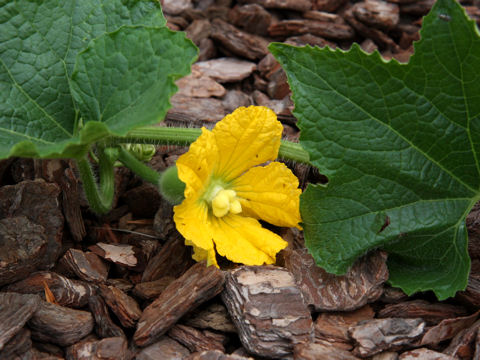 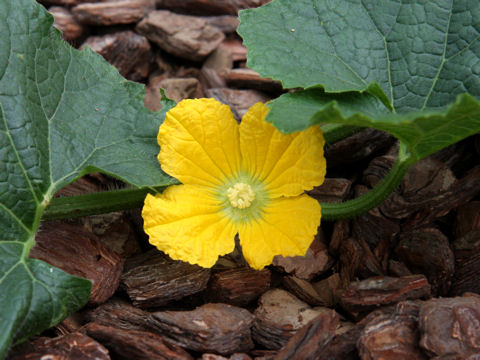 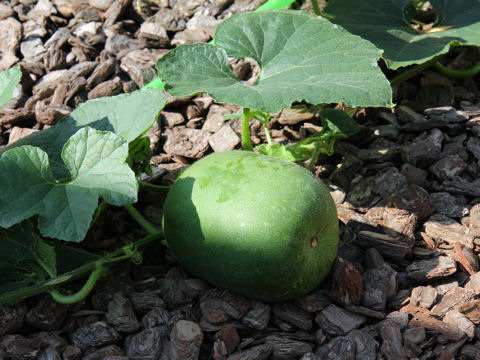 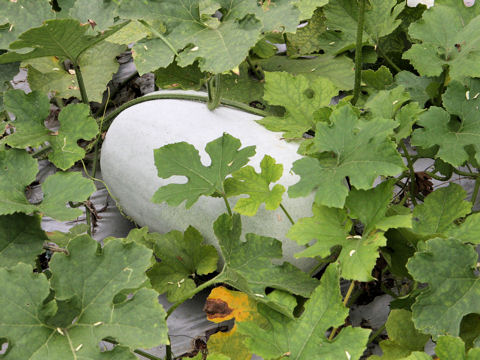 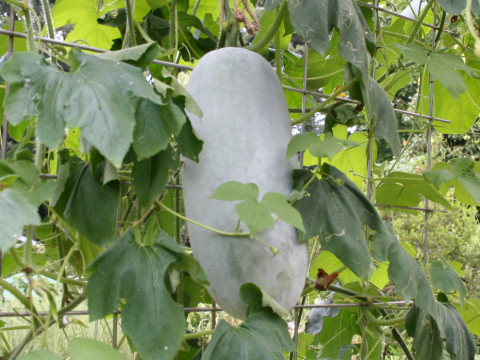 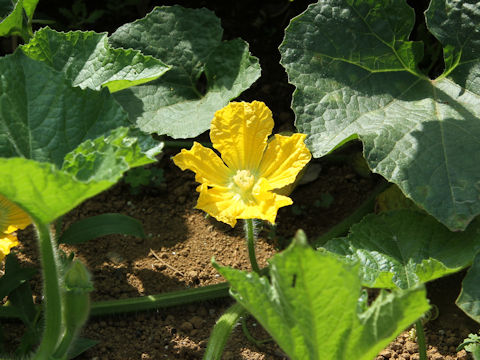  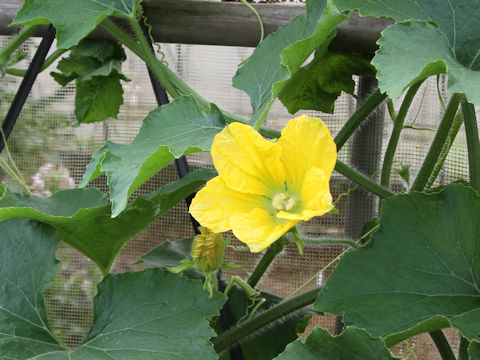  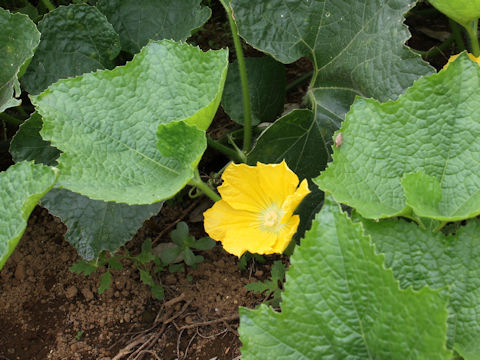 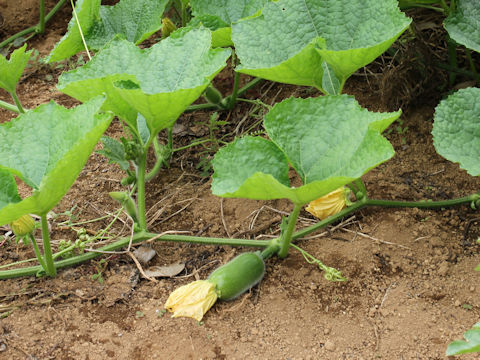 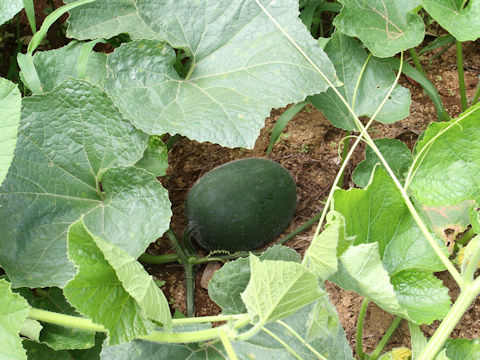 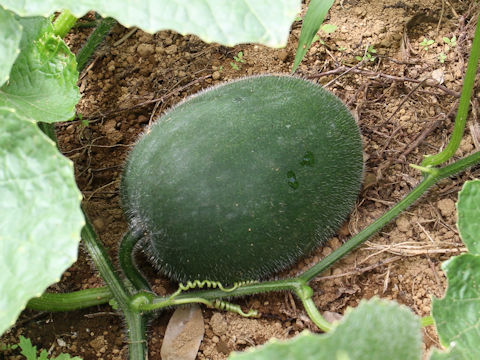 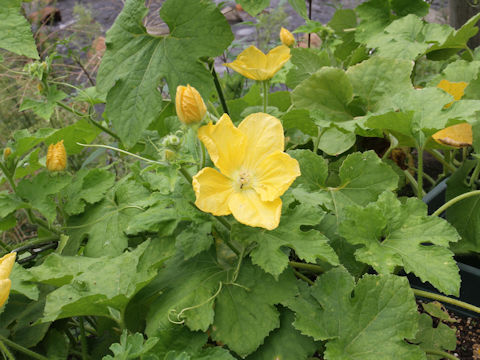  |
|
|
|
東南アジアからインドが原産地とされています。わが国へは奈良時代に中国から渡来し、古くから栽培されています。一属一種です。高温を好み、生育適温は25〜30℃です。果実は7月から10月ごろまで収穫され、1年くらいは保存できます。関西地方以西から九州で主に消費され、果肉を煮物にします。また中国では、皮が肥満や糖尿病の予防治療に使われています。関西では「かもうり(賀茂瓜)」と呼ばれます。中国語では「冬瓜(dong gua)」です。 写真上・中1〜2・中5〜6の品種は「姫とうがん」(タキイ種苗)、 中7〜8は「沖縄とうがん」(中原採種)、 中9〜中12は「草枕」(タキイ種苗)、 中13・下は「早生とうがん」。 |
|
|
ウリ科トウガン属の一年草で、学名は Benincasa hispida。英名は Wax gourd。 |
|
|
The Wax gourd (Benincasa hispida) belongs to Cucurbitaceae (the Gourd family). It is an annual herb that is probably native to Southeast Asia and India. It was introduced into Japan via China in Nara Era (710-794), and has been cultivated from long ago. It is the only species in the genus Benincasa. This herb prefers high-temperature and the optimum temperatures for growing are 25 to 30 degrees Celsius. The fruits are harvested from July to October, and can keep well about a year. The main consumption area of Wax gourd are distributed westward from Kansai region of Honshu to Kyushu in Japan. The freshes are used as a cooked dish. The coats of fruit are used as a herbal medicine for prevent of obesity or diabetes. In Chinese, it is called "冬瓜" (dong gua). |
|
|
[上・中1] 茨城県神栖市太田新町にて、2009年08月05日撮影。 [中2] 同上にて、2009年08月16日撮影。 [中3] 東京都小平市「都薬用植物園」にて、2009年08月09日撮影。 [中4] 京都市左京区「京都府立植物園」にて、2005年08月16日撮影。 [中5] 千葉県香取市大角にて、2013年07月09日撮影。 [中6] 同上にて、2013年07月14日撮影。 [中7] 同上にて、2014年07月24日撮影。 [中8] 同上にて、2014年08月26日撮影。 [中9〜中12] 同上にて、2016年07月28日撮影。 [中13] 山形県小国町小玉川にて、2019年09月10日撮影。 [下] 同上にて、2019年09月18日撮影。 |

|
|
Shu Suehiro |